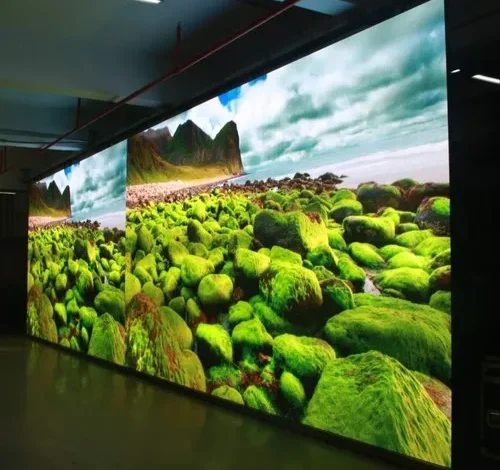
Selecting the perfect SMD screen for your specific needs can be a game-changer for your business or project. With the rise of digital displays, SMD screens (Surface-Mounted Device screens) have become popular due to their superior image quality, energy efficiency, and versatility. But with so many options available, how do you choose the right one? This guide will walk you through the essential factors to consider when selecting an SMD screen.
Why SMD Screens Are Popular
SMD screens are popular for several reasons:
- They offer superior image quality with brighter, more vibrant colors. Second
- Their energy efficiency makes them cost-effective, particularly for large displays or extended use. Third
- SMD screens are versatile, suitable for both indoor and outdoor use, and can be customized to fit various shapes and sizes.
Key Factors to Consider When Choosing an SMD Screen
Choosing the right SMD Screen involves several key factors that you need to consider. Here’s a breakdown of what you should look for:
- Pixel Pitch
The pixel pitch is the distance between two LEDs on the screen, typically measured in millimeters. A smaller pixel pitch means more LEDs in a given area, resulting in higher resolution and sharper images. If your audience will view the screen up close, such as in an indoor environment, a smaller pixel pitch (e.g., 1.2mm to 2.5mm) is ideal. Distances with a larger pixel pitch (e.g., 4mm to 10mm) may be sufficient for outdoor displays or more considerable viewing distances.
- Brightness Levels
Brightness is crucial, especially for outdoor SMD screens where sunlight can impact visibility. Brightness is measured in nits; for outdoor displays, you’ll want a screen with at least 5,000 nits to ensure clear visibility even in direct sunlight. A brightness level between 1,000 and 2,500 nits is typically sufficient for indoor displays.
- Viewing Angle
The viewing angle determines how well the screen can be seen from different positions. A wider viewing angle ensures the content remains clear and vibrant even when viewed from the side. This is particularly important in large venues like stadiums or shopping malls where viewers may approach the screen from various angles.
- Durability and Weather Resistance
If you’re installing an SMD screen outdoors, it must withstand various weather conditions. Look for screens with an IP65 rating or higher, which indicates that they are protected against dust and water. Additionally, consider the durability of the materials used in the screen’s construction, especially if it will be exposed to extreme temperatures or high humidity.
- Energy Efficiency
Energy efficiency is critical, especially for large screens that will be used for extended periods. SMD screens are generally more energy-efficient than traditional LED screens, but different models can still vary. Look for screens with low power consumption without compromising brightness or image quality.
Applications of SMD Screens
SMD screens are versatile and can be used in various applications, depending on their features and specifications. Here are some common uses:
- Outdoor Advertising
Outdoor advertising often requires extensive, bright screens that can capture attention even in direct sunlight. SMD screens are ideal for this purpose, providing vibrant displays that remain visible from a distance.
- Indoor Displays
For indoor settings like retail stores, airports, and conference halls, SMD screens offer a sleek and modern way to present information or advertisements. Their high resolution ensures the content is explicit and engaging, even up close.
- Sports Arenas and Stadiums
SMD screens are used in sports arenas and stadiums for scoreboards, live video feeds, and advertising. Their wide viewing angles and high brightness levels make them perfect for large venues where visibility is critical.
- Retail and Hospitality
In retail and hospitality, SMD screens can be used for digital signage, enhancing the customer experience by providing straightforward, dynamic content. They can also be used for interactive displays, making them versatile for various settings.
How to Maintain Your SMD Screen
Once you’ve chosen the right SMD screen, it’s essential to maintain it properly to ensure its longevity and performance. Regular maintenance involves:
- Cleaning the screen to remove dust and debris.
- Checking for any signs of wear and tear.
- Ensuring that the screen’s brightness and color settings are calibrated correctly.
Additionally, if your SMD screen is used outdoors, it’s essential to regularly inspect the weather seals and protective coatings to prevent damage from the elements.
Conclusion
Choosing the right SMD screen for your needs requires careful consideration of several factors, including pixel pitch, brightness, viewing angle, durability, and energy efficiency. By understanding these essential elements, you can select an SMD screen that meets your requirements and delivers outstanding performance in your intended application. Whether you’re using it for outdoor advertising, indoor displays, or large venues, the right SMD screen can significantly impact your audience.
Recommended Article: iPhone Screen Repair Dubai | Affordable and Reliable



